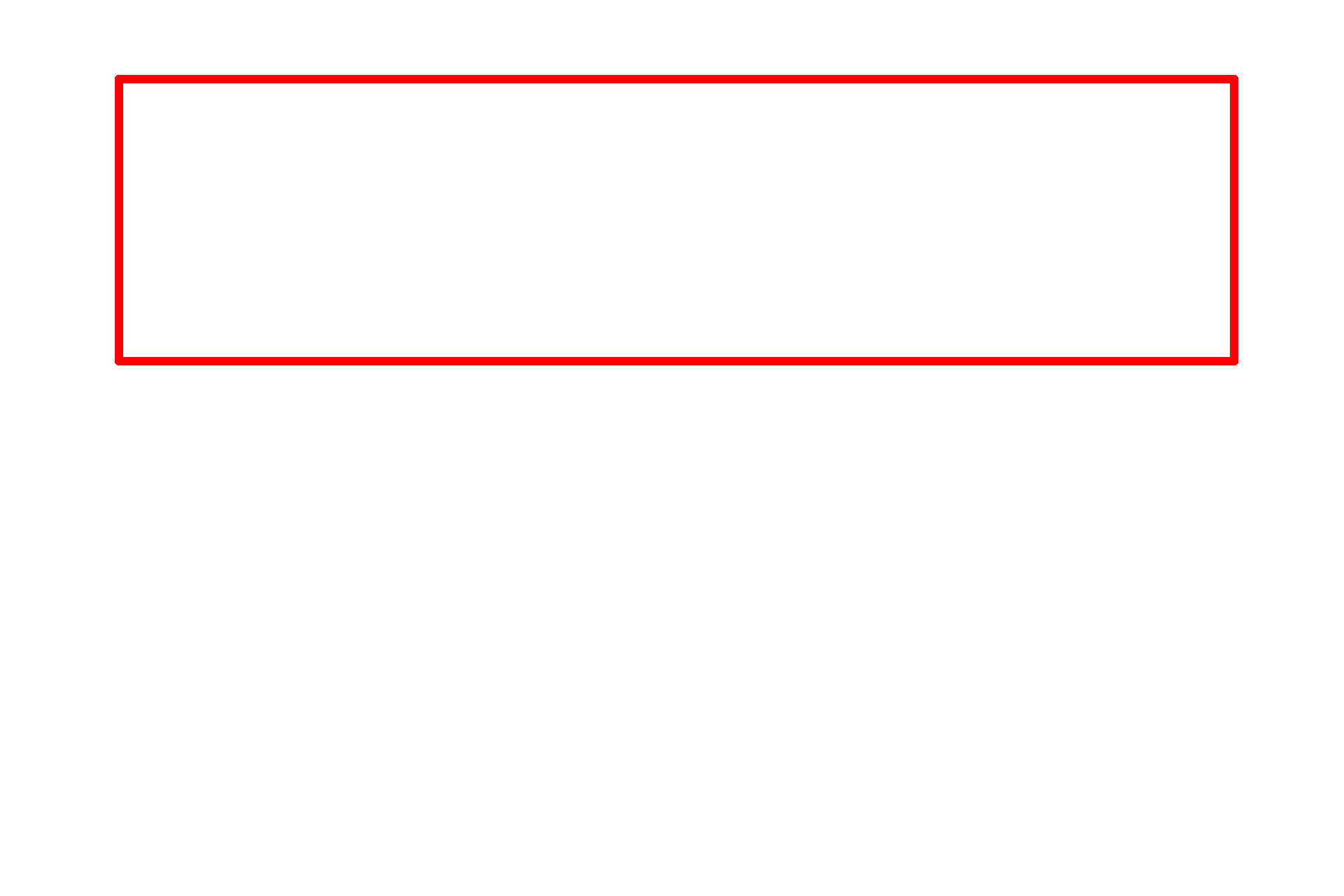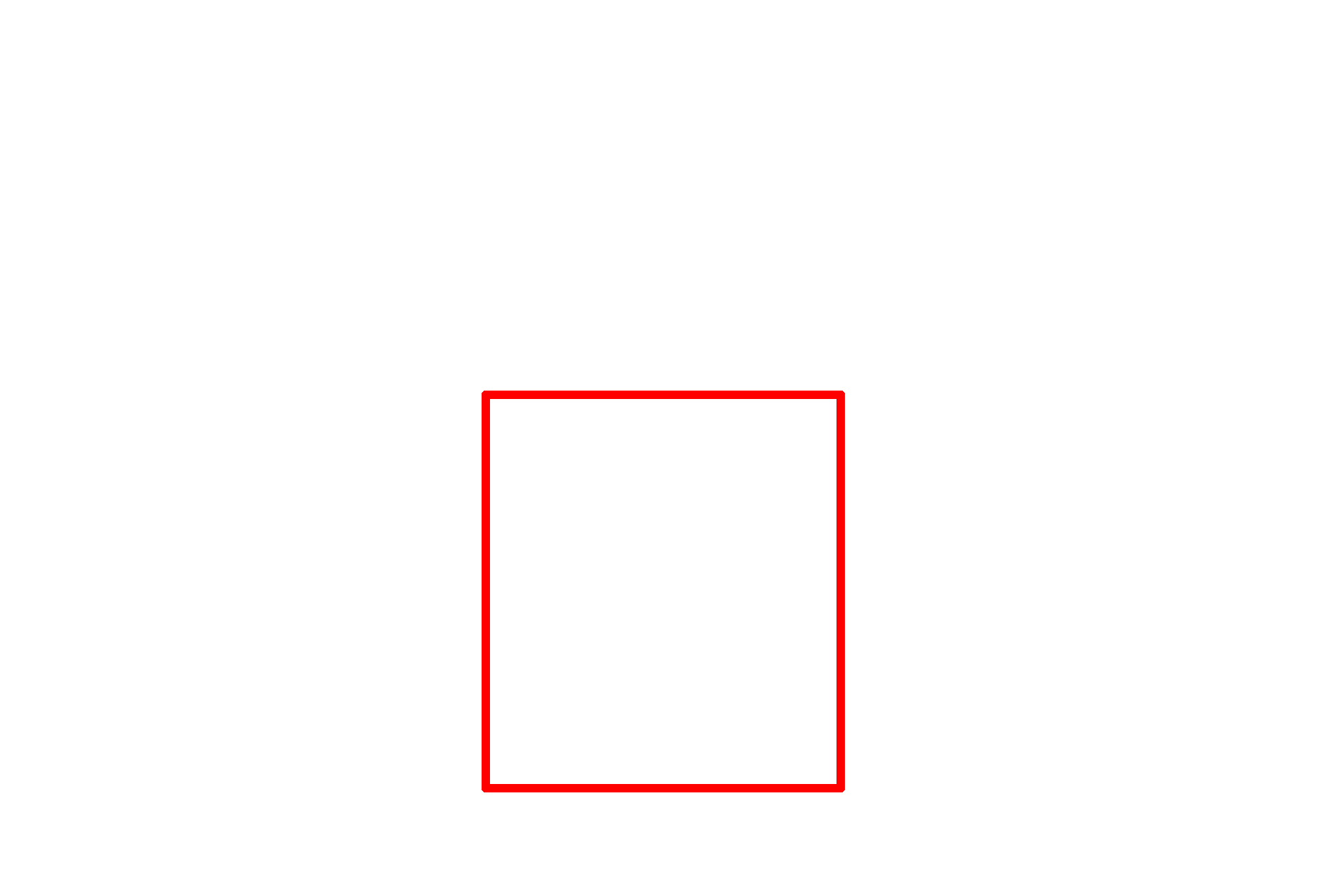
Bone: the organ - shapes
Bone tissue along with associated structures form a bone as an organ. Collectively, bones form the scaffolding that supports the body, allows it to move, protects its inner organs, and houses marrow. The human skeleton consists of 206 bones that can be classified according to their shape as either long, short, flat or irregular, thus facilitating many different types of movement and muscle attachment. Bones are continually being remolded in response to bodily changes and needs.

Long bone >
Long bones have greater length than width and are mostly located in the upper and lower limbs. Long bones include the femur in the thigh, humerus in the upper arm and metacarpals in the hand. Long bones often have structural specialization on their ends for muscle attachment and articulation with other bones.

Short bones >
Short bones are roughly cube shaped and located in the wrist and ankle. Short bones provide support and stability and facilitate a limited range of movement.

Flat bone >
Flat bones are shield-shaped for protection of internal organs as well as providing large surfaces for muscle attachment. Flat bones form the cranium (e.g., frontal and parietal bones) and the pelvis (e.g., ilium and pubis). The sternum, scapula and ribs are also classified as flat bones. Flat bone image adapted from Anatomy.app; other images are courtesy of of Dr. Kelly Harrell, Virginia Commonwealth University.

Irregular bone >
Irregular bones have complex shapes and provide protection for internal organs as well as muscle attachment. Irregular bones include vertebrae as well as some bones forming the base of the skull and face.